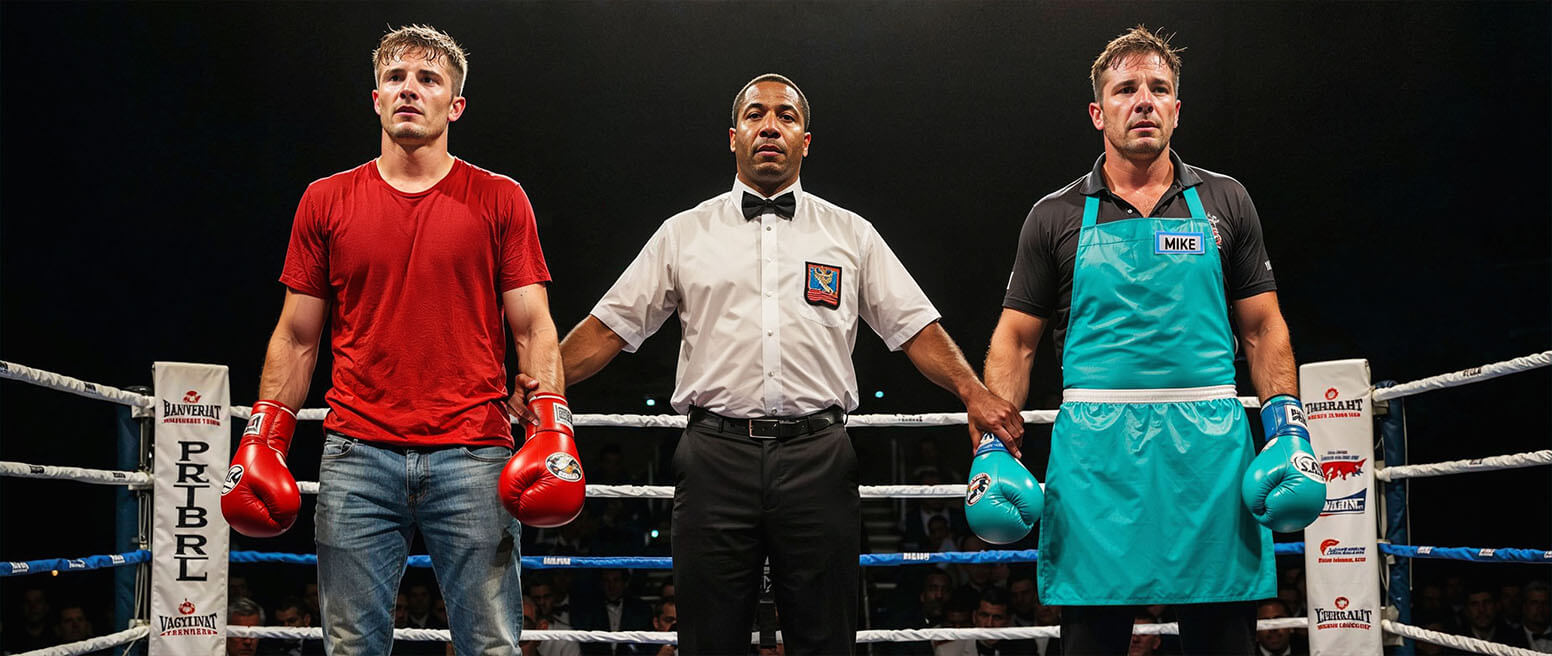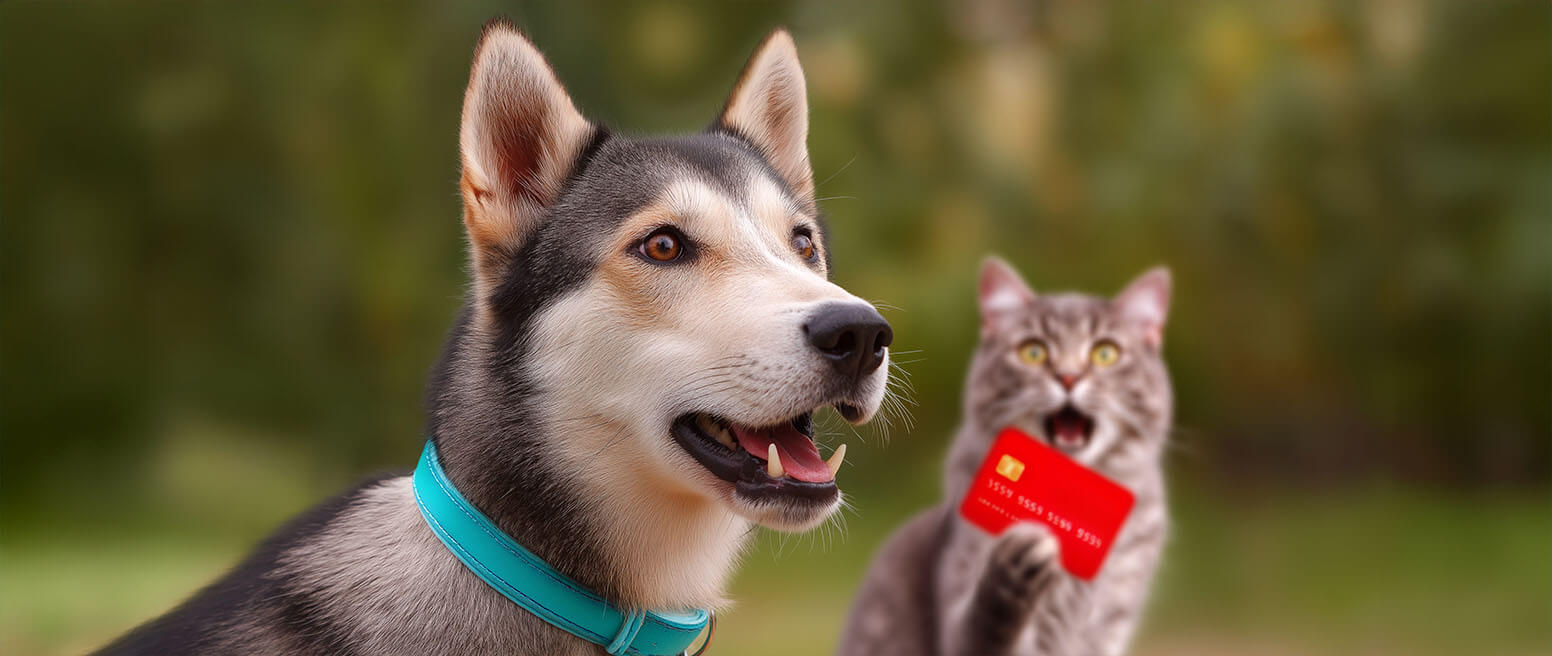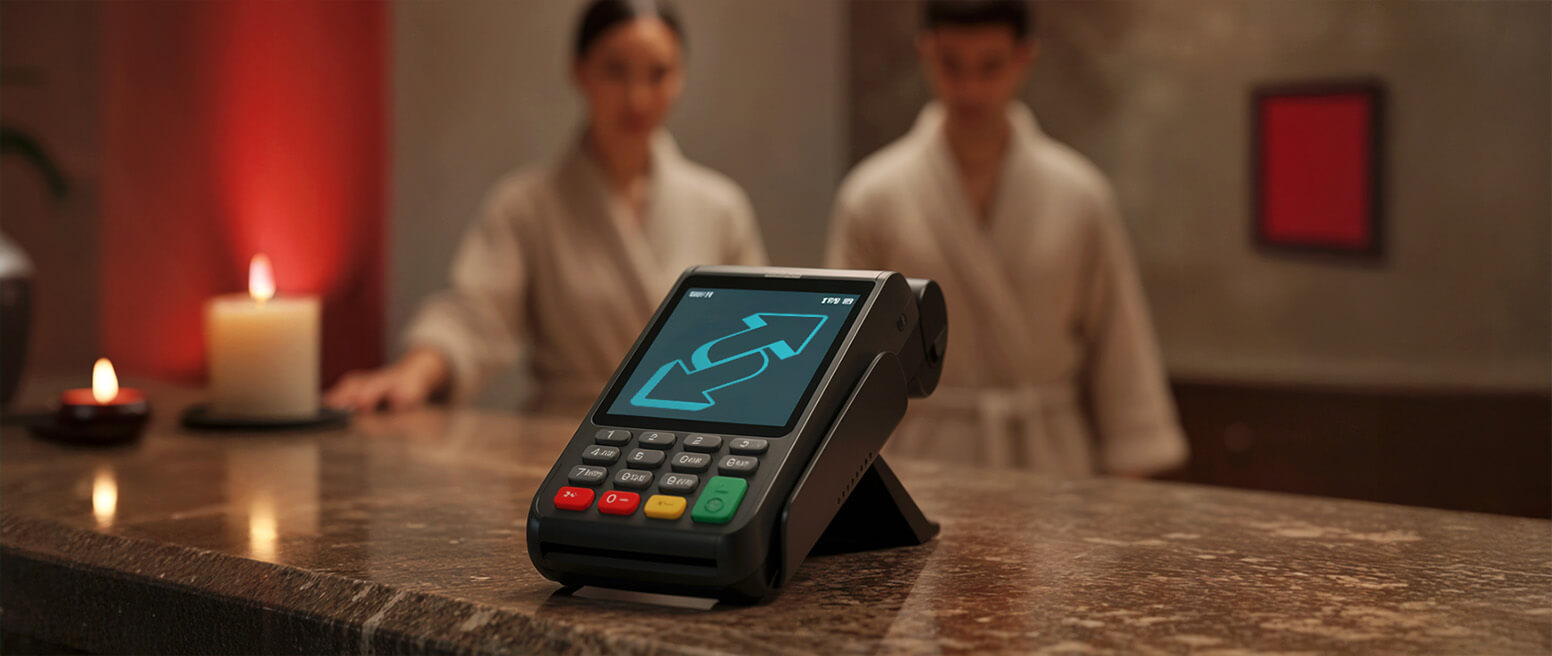How Do Banks Investigate Disputes? Let’s Look at the Bank Investigation Process & Find Out.
If a cardholder has a problem with a transaction, and they’re unable to resolve the problem directly with the merchant, they have the option to contact the bank and dispute the charge. You’re probably already aware of that fact. What you may not fully understand, though, is how the bank determines liability for that dispute.
How, exactly, do issuers decide which party is at fault…and who has to pay? How do banks investigate disputes?
Today, let’s examine this question. We’ll explore the process used by bank investigation departments, what evidence they consider, and how long the investigation should take.
Recommended reading
- Credit Card Disputes | Step-by-Step Process Guide for 2025
- What Happens When You Dispute a Transaction?
- The Bank Dispute Process: A Step-by-Step Guide
- What is a Transaction Dispute? Why Do Customers File Them?
- Authorization Reversals: Lost Sales are NOT Always Bad?
- Dispute Management System: How to Pick the Best Provider
What are the Steps of the Dispute Investigation Process?
The process begins when a cardholder contacts their bank. The buyer may claim that the transaction in question was unauthorized, or that it didn’t reflect what the seller promised at the time of purchase.
The card-issuing bank is expected to examine the details of each dispute and make a fair, impartial judgment to determine liability. The card networks have extensive and complex guidelines for this, and these rules determine how banks investigate disputes for the relevant card brand.
In very general terms, the process as to how do banks investigate chargebacks goes as follows:
Once you understand the general bank dispute investigation process above, the obvious next question is: how long until a resolution is reached?
How Long Do Bank Dispute Investigations Take?
If fraud is reported or a ‘not authorized’ dispute is lodged, a 10-day period begins in which the bank must complete their investigation. The bank can ask for an extension, but if the investigation takes more than 10 days to perform, they will typically issue the cardholder a provisional refund. In fact, most issuers will automatically offer a temporary credit at the start of an investigation to make their customer happy.
The actual investigation process is just the beginning, though. For instance, if the incident shows signs of a larger, coordinated scheme, the bank may relay the matter to law enforcement or other agencies, especially for interstate offenses.
Even if law enforcement doesn’t get involved, the chargeback process could take weeks, or even months, before it’s finally resolved. It depends on whether the merchant opts to fight back against the dispute claim.
When Should Consumers Dispute a Charge?
The cardholder needs a valid reason to dispute a charge. This is at the core of the bank investigation process; the bank is basically asking “does the cardholder have a legitimate claim?”
In general, cardholders can dispute a charge if one of the following is true:
How the Bank Examines the Evidence
Let’s assume a customer contacts their issuing bank and claims that a transaction was unauthorized. Once the bank receives the cardholder’s inquiry, the Federal Trade Commission rules give them 30 days to respond, acknowledging the customer’s claim. In an effort to provide better service to customers, though, banks will generally move quickly on disputes.
The bank initiates a payment fraud investigation, gathering information about the transaction from the cardholder. They review pertinent details, such as whether the charge was a card-present or card-not-present transaction.

The bank also examines whether the charge fits the cardholder’s usual purchasing habits. For instance, investigators will consider whether the cardholder had ever been a customer of the merchant in question before. This information is an integral part of how banks investigate disputes and establish whether the cardholder made a specific purchase.
If the bank determines that the transaction in question was, in fact, a fraudulent charge, they may choose to contact the authorities. At that point, the FBI may decide to get involved if there are signs suggesting a larger pattern, especially one that crosses state lines. In most cases, though, the bank will handle the situation through its internal fraud team.
How Can Merchants Respond to The Bank Dispute Investigation Process?
Once the bank initiates the dispute investigation process, the merchant will be notified and provided with a chargeback reason code. This is a 2- to 4-digit alphanumeric code that identifies why the dispute was filed.
After receiving a dispute notification, the merchant typically has two choices:
Merchants must bear in mind that banks and payment networks provide limited time windows to submit evidence
What Happens if the Merchant Fights the Chargeback?
To represent a chargeback, the merchant must submit evidence. Common examples of merchant evidence accepted for bank dispute investigations include:
Providing any proof of purchase (sales receipts, etc.)
Shipping, tracking, and delivery information/confirmation
Conversation logs or other communication conducted with the cardholder
Evidence: photographs, screenshots, etc., to prove the transaction was legitimate
Once a merchant submits their representment case, three outcomes are possible:
If the issuer finds the merchant’s evidence lacking, the chargeback will stand. The cardholder keeps the provisional credit, which becomes permanent. The merchant will be notified of this decision.
If the issuer decides the merchant’s evidence is sufficient to prove the transaction is legitimate, the chargeback will be reversed. The funds will be returned to the merchant (minus nonrefundable chargeback fees).
Another claim is presented by the cardholder that shows additional evidence. At this stage, called pre-arbitration, the bank files another dispute, based on new information from the cardholder or because of a change to the reason code.
During arbitration, the issuing and acquiring banks step out of the matter altogether, allowing the card network to mediate on their behalf. As a ‘neutral’ third-party, the card network will weigh the evidence on both sides of the case, then make a final decision… and by final, we mean final. There is no third chance to rectify a faulty transaction past the arbitration stage.
Resolving Disputes Outside the Chargeback Process
The chargeback process is an essential and helpful consumer protection tool. However, it’s in the interest of all parties—merchants, banks, and cardholders—to avoid chargebacks whenever possible.
Before asking “how do banks investigate disputes,” the most important thing to remember is that cardholders must contact the merchant before the bank. Many neglect to do this, however.
It’s best for everyone if the cardholder directly contacts the merchant before filing a chargeback. In many cases, the merchant is willing to work with the cardholder to resolve the situation and avoid a dispute. This is a “win-win” scenario for all parties: the cardholder could see faster resolution while the merchant and issuer are spared the cost of the dispute process.
Have additional questions about the dispute process or how banks investigate chargebacks? Want to learn how merchants and banks can save money through chargeback management? Click below to speak with one of our dispute experts today.
FAQs
How do banks investigate charges?
Banks hire full-time fraud professionals to investigate suspicious, unusual, and unauthorized transaction activity. These specialists analyze transaction data, monitor rules-based fraud detection information, and respond to fraud tips or disputes submitted by cardholders. A bank’s fraud team may also examine evidence submitted by customers and merchants when investigating charges.
How do banks determine a dispute?
Banks review transaction information, merchant details, and evidence submitted by both the cardholder and the merchant to determine which party is at fault. If the cardholder is at fault, the transaction remains on their credit or debit card statement. If the merchant is liable, then the charge is reversed in the cardholder’s favor.
What do banks do when you dispute a charge?
When you dispute a charge, your (issuing) bank will investigate the transaction to determine who is at fault and whether it is a result of unauthorized activity. You may be issued a provisional credit while your bank conducts its investigation, which consists of examining transaction data, merchant information, and additional evidence that you or the merchant submit.
Can banks find out who used your card?
Potentially. Banks can investigate transaction details, IP address information, and geolocation data to determine when and where your card was used. Surveillance footage, police reports, and other information you or the merchant supply to the bank can also be used to pinpoint the fraudster.
What happens if you falsely dispute a bank charge?
If you falsely dispute a bank charge, you may be held liable for the entirety of the transaction. Your bank may also lower your credit limit, close your account, or blacklist you from being a customer again. In severe cases, you may face civil or criminal penalties for falsely disputing a legitimate transaction.
Who loses money when you dispute a charge?
Every time you successfully dispute a charge, the merchant loses money in the form of chargeback fees, lost revenue, and lost merchandise. If you dispute a charge and lose, you remain responsible for the amount of the transaction.
Are consumers responsible for credit card fraud?
Not typically, no. The Fair Credit Billing Act (FCBA) provides protection to consumers who report unauthorized charges, fraudulent activity, or lost or stolen credit cards within 30 to 60 days. The FCBA caps consumer liability for unauthorized charges at $50, but many issuing banks and payment networks offer $0 fraud liability protection.















